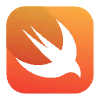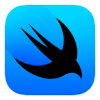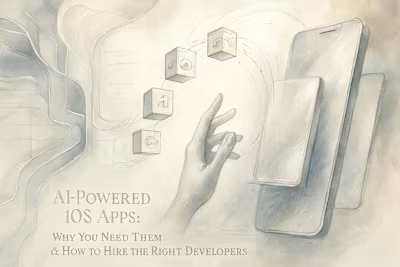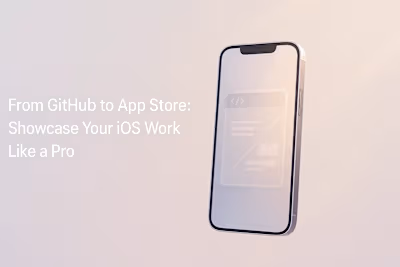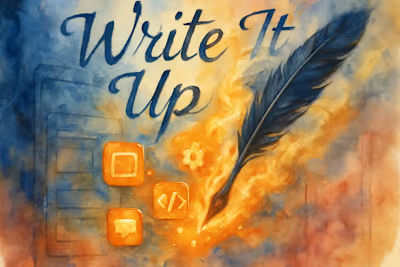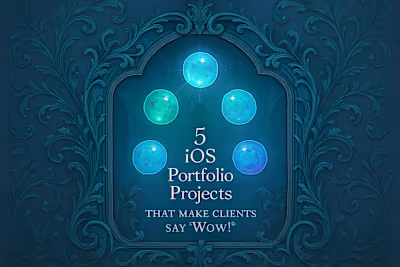No Experience? No Problem: How to Become an iOS Developer from Scratch in 2025
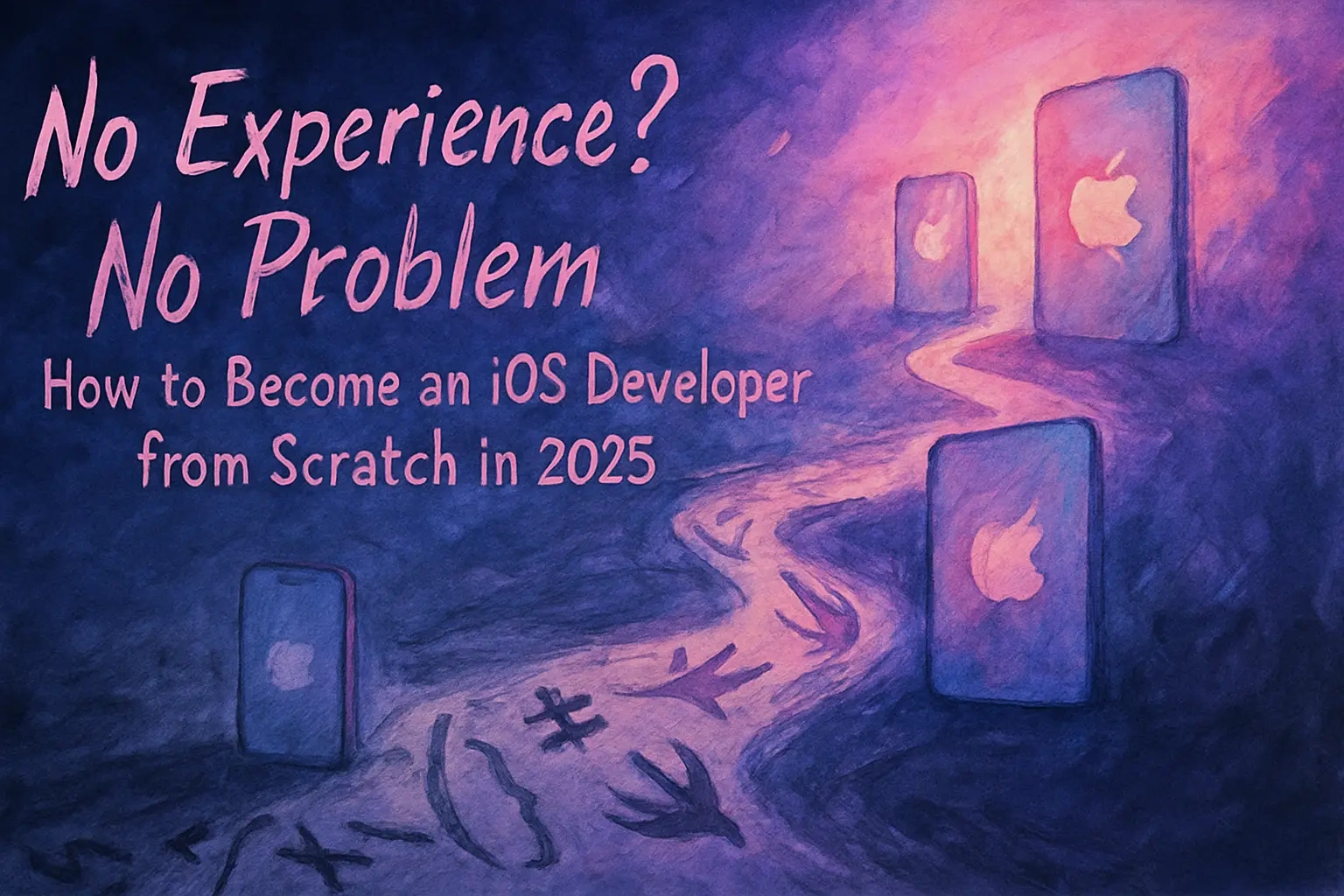
No Experience? No Problem: How to Become an iOS Developer from Scratch in 2025
Why iOS Development Is a Great Career Choice
High Demand and Job Security
Lucrative Salary Potential
Creative and Impactful Work
The Essential Toolkit: Hardware and Software You'll Need
Do You Absolutely Need a Mac?
Installing Xcode: Your Primary IDE
Key Xcode Features: Simulator and Instruments
A Step-by-Step Learning Roadmap for Beginners
Step 1: Master Programming Fundamentals
Step 2: Learn the Swift Programming Language
Step 3: Understand UI Frameworks (UIKit & SwiftUI)
Step 4: Get Comfortable with Version Control using Git
Building Your Portfolio and Landing Your First Job
The Power of a Strong Portfolio
Networking and Community Involvement
Preparing for Technical Interviews
References
No Experience? No Problem: How to Become an iOS Developer from Scratch in 2025
Why iOS Development Is a Great Career Choice
High Demand and Job Security
Lucrative Salary Potential
Creative and Impactful Work
The Essential Toolkit: Hardware and Software You'll Need
Do You Absolutely Need a Mac?
Installing Xcode: Your Primary IDE
Key Xcode Features: Simulator and Instruments
A Step-by-Step Learning Roadmap for Beginners
Step 1: Master Programming Fundamentals
Step 2: Learn the Swift Programming Language
Step 3: Understand UI Frameworks (UIKit & SwiftUI)
Step 4: Get Comfortable with Version Control using Git
Building Your Portfolio and Landing Your First Job
The Power of a Strong Portfolio
Networking and Community Involvement
Preparing for Technical Interviews
References
Posted Jul 6, 2025
Your complete 2025 guide to starting a career in iOS development with zero experience. Learn the essential skills, tools, and steps to land your first role.


